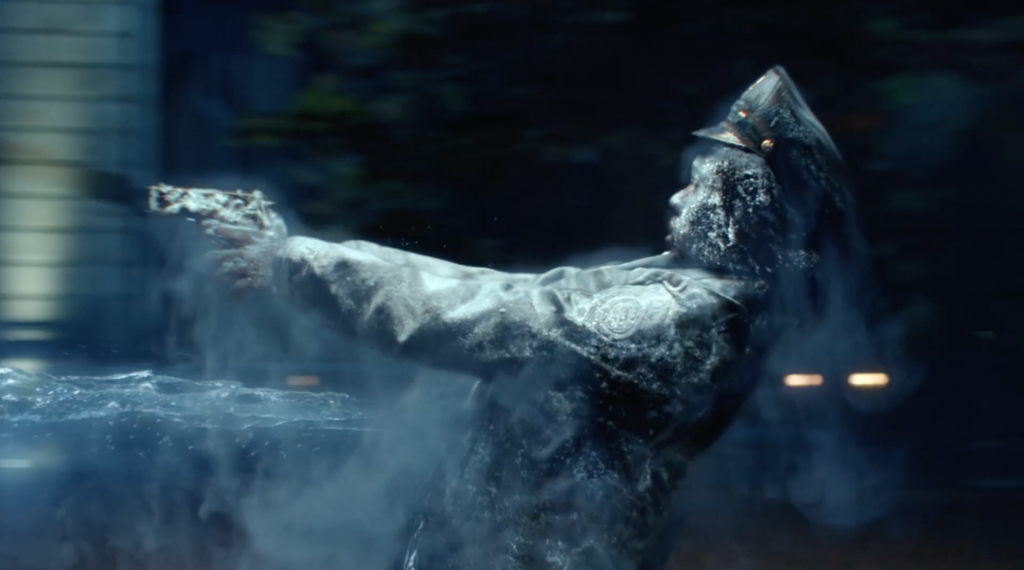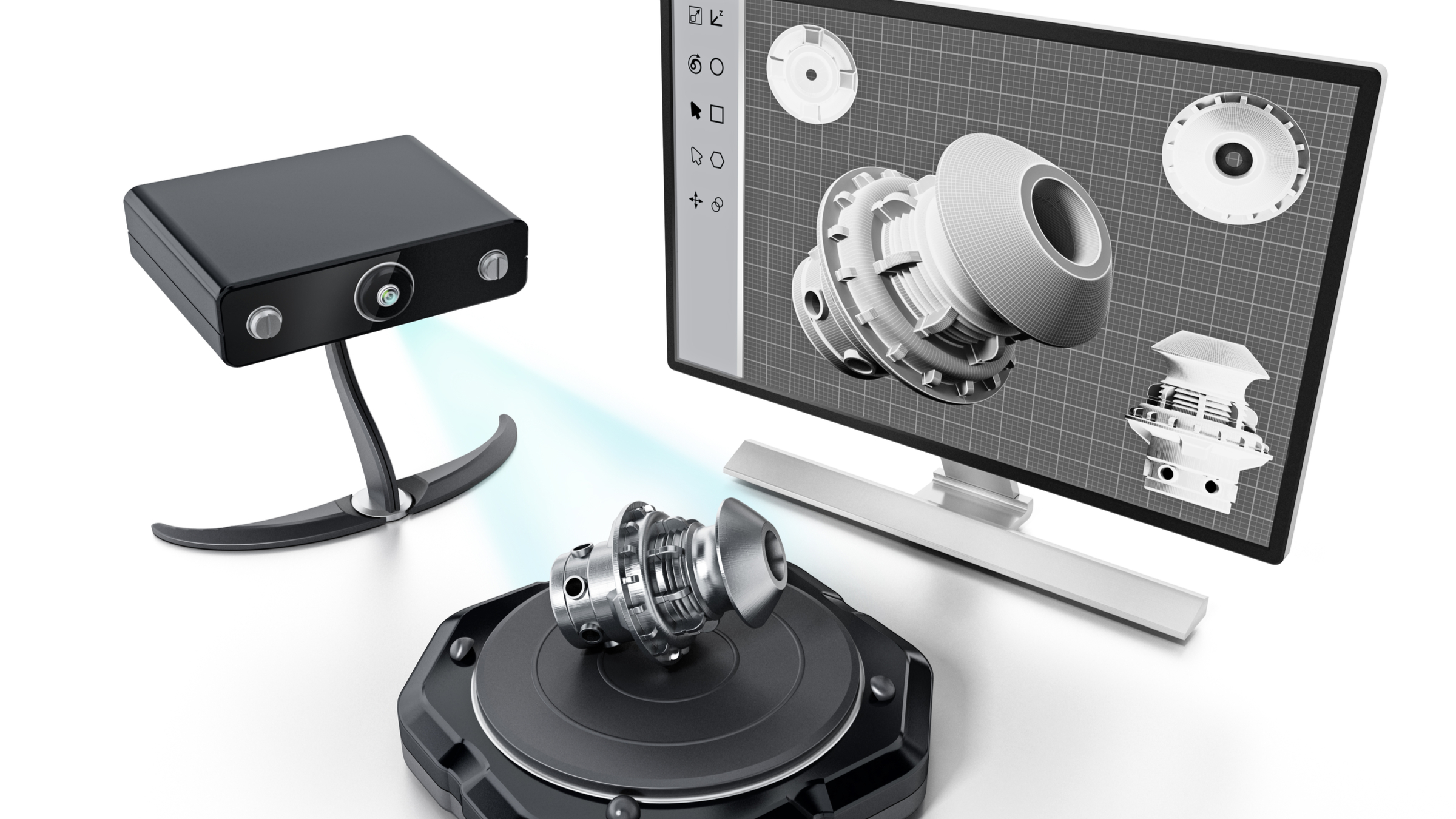Introduction to 3D Scanning:

In our fast-paced and ever-evolving world, technology has played a pivotal role in shaping various industries. One such technology that has gained tremendous popularity is 3D scanning. Have you ever wondered how we can create digital 3D models of real-world objects? Well, that’s exactly what 3D scanning does! In this article, we will embark on an exciting journey to explore the concept of 3D scanning, its different types, and the fascinating applications it holds across various fields.
What is 3D Scanning?

3D scanning is a process that allows us to capture the physical shape and dimensions of an object and transform it into a digital 3D model. Just like taking a photograph of an object to capture its appearance, 3D scanning uses specialized devices called 3D scanners to capture the object’s surface details and texture. These scanners collect information about the object’s geometry by bouncing laser beams or structured light off its surface. The captured data is then processed to create an accurate digital representation of the object in three dimensions.
Types of 3D Scanning Techniques:
There are several different types of 3D scanning techniques, each with its unique way of capturing objects. Let’s discuss some of the commonly used techniques:
Laser Triangulation:
Laser triangulation is a widely used 3D scanning technique. It involves projecting a laser beam onto the object’s surface and measuring the reflection using a camera. By analyzing the distortion of the laser pattern, the scanner can calculate the object’s shape and dimensions.
Structured Light:
Structured light scanning is another popular technique. It works by projecting a pattern of light onto the object’s surface and capturing it using a camera. The scanner analyzes the distortion of the projected pattern to generate a 3D model of the object.
Photogrammetry:
Photogrammetry is an interesting technique that uses multiple photographs of an object taken from different angles. Specialized software processes these images to create a 3D model by matching common features and calculating their positions in 3D space.
Applications of 3D Scanning:

The versatility of 3D scanning has opened up a world of possibilities in various industries. Let’s explore some exciting applications of 3D scanning that you may find fascinating:
Manufacturing and Engineering:
In the field of manufacturing, 3D scanning has revolutionized product development and quality control. It allows manufacturers to create digital models of physical parts and products, enabling accurate measurements and inspections. 3D scanning is also used for prototyping, reducing the need for physical prototypes and saving time and costs in the production process.
Healthcare:

The healthcare industry has greatly benefited from 3D scanning technology. It is used to create custom prosthetics, implants, and orthotics that perfectly fit a patient’s unique body shape. By scanning a patient’s body part, such as the leg for a prosthetic limb, healthcare professionals can design and manufacture personalized medical devices, improving patient comfort and mobility.
Architecture and Construction:

Architects and construction professionals use 3D scanning to create accurate measurements of buildings and structures. By scanning existing structures, architects can obtain precise data for renovations and remodeling projects. Additionally, 3D scanning aids in the preservation of historical sites by creating detailed digital records of architectural wonders.
Art and Design:

3D scanning has found its way into the world of art and design, opening up endless possibilities for creativity. Artists can use 3D scanning to create digital replicas of sculptures, paintings, and other art pieces. This technology allows them to preserve and share their work digitally and even reproduce it using 3D printing techniques.
Unleashing the Fun: Applications of 3D Scanning in Entertainment and Gaming
Do you enjoy playing video games or watching animated movies? Have you ever wondered how those lifelike characters and fantastic worlds come to life? Well, one of the key technologies that make it all possible is 3D scanning! In this article, we will explore the exciting applications of 3D scanning in the world of entertainment and gaming.
Creating Realistic Characters:
In the world of entertainment and gaming, 3D scanning plays a crucial role in creating realistic characters. By scanning real people, actors, or even animals, game developers and movie studios can capture their exact appearance and transform them into digital characters. This process involves scanning their faces, bodies, and even capturing their movements using special cameras. This way, the characters you see in your favorite games or movies look and move just like real people or creatures, making the experience more immersive and exciting.
Building Virtual Worlds:
Have you ever played a game set in a vast and detailed virtual world? 3D scanning helps in creating those incredible game environments. Game developers can scan real-world locations, such as forests, cities, or historical landmarks, and turn them into virtual settings. By capturing the exact details and textures of these places, they can recreate them in the game, allowing players to explore and interact with a lifelike virtual world.
Enhancing Motion Capture:

Motion capture is a technique used to capture the movements of real people or animals and translate them into digital animations. three dimensional scanning has greatly improved motion capture by enabling more precise and realistic animations. By placing sensors or markers on a person’s body and capturing their movements with 3D scanners, game developers can accurately translate those movements into the actions of digital characters. This technology has revolutionized the way characters move and behave in games and movies, creating more natural and fluid animations.
Virtual Reality (VR) Experiences:

Virtual Reality is an exciting technology that allows users to immerse themselves in a digital world through specialized headsets. 3D scanning contributes to creating immersive VR experiences by capturing real-world objects and environments. By scanning physical objects and turning them into 3D models, game developers can include them in virtual reality simulations, allowing users to interact with familiar objects in the virtual space. This adds a sense of realism and depth to the VR experience, making it even more captivating and enjoyable.
Cosplay and Fan Engagement:

3D scanning has also found its way into the world of cosplay and fan engagement. Cosplay is the art of creating costumes and dressing up as characters from movies, games, or books. three dimensional scanning allows cos-players to scan their favorite characters or props, ensuring accurate and detailed replication of the original designs. It helps them bring their favorite characters to life in a more authentic way. Additionally, fans can also use three dimensional scanning technology to create personalized merchandise, such as 3D-printed figurines or replicas of their favorite game or movie props.
Conclusion:
The world of entertainment and gaming has been greatly enhanced by the exciting applications of 3D scanning. From creating realistic characters and immersive virtual worlds to improving motion capture and engaging with fans, three dimensional scanning has become an essential tool for game developers and movie studios. So, the next time you dive into a video game or watch an animated movie, remember that three dimensional scanning has played a part in bringing those magical worlds and captivating characters to life!





